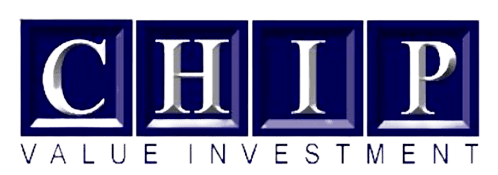A simultaneous process is initiated for raising awareness of families and community members on importance of rehabilitation and inclusion of people with disabilities. People in the community are also mobilized and trained to develop more tolerance and acceptance and realize the rights of PWDs to education and employment. Efforts are made to improve self esteem, social acceptance and overall satisfaction and happiness of people with disabilities through various individual level and communal level interventions. Figure 1 explains the timings and processes generally utilized for reaching to final stage of empowerment of people with disabilities. Under this model inclusive community organizations are also formed which encourages membership of people with disabilities as equal members and or office bearers.This helps enable people with disabilities to participate in communal decision making processes which affect their lives. Our approach is to reach out to as many PWDs as possible. In this regard we also hold consultative workshops to mobilize Disabled Persons Organizations to suggest measures to make the National Action Plan for PWDs more inclusive. It is our aim to raise awareness in the families and neighborhoods of PWDs regarding inclusion and rights of PWDs in social, economic educational, communal and recreational spheres of life.
Our Major Achievements
1, 2083 people with disabilities were medically assessed and rehabilitation services in the form of physiotherapy, training on orientation and mobility, activities of daily living, self-growth and independent living were provided.
2, 269 children were facilitated for continuing their primary education
3, 509 individuals were facilitated to begin income generation and learn vocational skills
4,379 people with disabilities have been inducted in community organization












